Whether you're starting your very first business or a seasoned entrepreneur, it pays to be in the know about EFTPOS. In this overview, we lay out everything business owners need to know about EFTPOS:
Who is involved in an EFTPOS transaction?
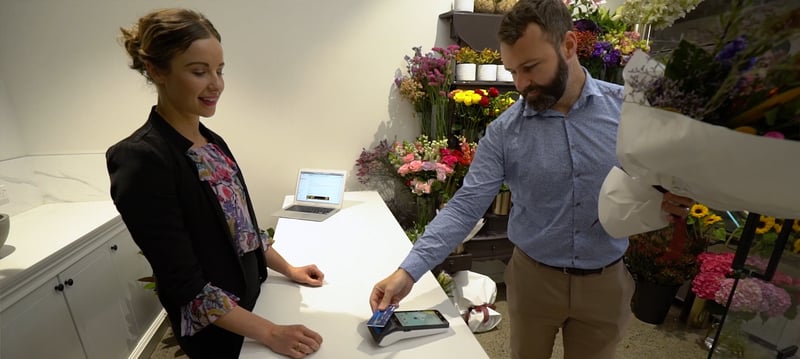
EFTPOS payments involve the following players:
1. The merchant (that's you!)
The term 'merchant' can be used interchangeably for both sole traders as well as businesses. A merchant is someone who charges money in exchange for goods or services.
2. The payment terminal
A payment terminal is a specialised piece of hardware that operates a payment application that enables merchants to take payment from cardholders. There are over 100 EFTPOS providers in New Zealand.
3. The merchant's bank
As the name suggests, this is the bank that's associated with your payment terminal. Your bank will issue you a merchant number which is loaded on your EFTPOS terminal. Your bank will process transactions for you and deposit the value of your EFTPOS transactions into your settlement bank account. We call this your 'merchant acquiring bank'.
4. The customer
Your customer, or the cardholder purchasing goods or services.
5. The payment network
There are two payment networks to choose from in New Zealand. Eftpos New Zealand is the only EFTPOS terminal provider that also operates our own payment network, the Verifone network. The other network is the Paymark network. You might have heard payment networks referred to as a 'switch' or 'gateway'. Switch is the term given to the physical servers and the software that operates the network, while Gateway refers to the links from the network to the front-end processors or acquiring banks. Learn more about the two payment networks here.
6. The customer's bank or credit card scheme
The bank that issued a card to the cardholder. If the customer is using a credit card, it may have been issued by a bank, but the payment is processed through a credit card scheme (e.g. Visa, MasterCard or AMEX).
How EFTPOS payments are processed
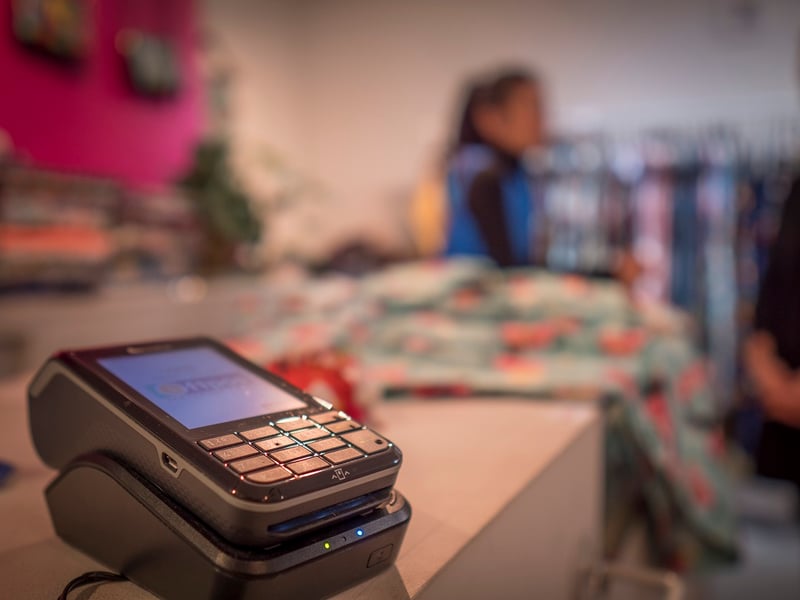
Step #1: Your customer makes payment!
You initiate a payment on your EFTPOS terminal. Your customer can either:
- Swipe their card - this means the customer swipes the magnetic strip on their card through the terminal and enters their PIN.
- Insert their card - this means your customer inserts their card into the terminal and enters their PIN to process the payment. EMV chip technology is more secure than the magnetic strip
- Tap their card - also referred to as 'paywave' or 'tap and go' payments, contactless payments use a RFID (Radio-frequency Identification) chip in a card or smart device to transmit payment information to the payment terminal simply by holding the card or device nearby.
Step #2: The transaction is processed
When a customer swipes/inserts/presents their card at the EFTPOS terminal, the terminal sends a payment request to your customer’s bank via your payment network. The transaction gets approved if the customer has sufficient funds, otherwise, it is declined. The encrypted data from the customer's card is moved to the EFTPOS terminal, then to the local server, and finally to the payment gateway, where it gets decrypted and sent to the customers’ issuing bank, and then on to the card scheme if it is a credit card or third-party card. You'd be surprised to know that it only takes about three seconds for this entire process. The actual speed of your EFTPOS transactions will depend on which connectivity method you use and how fast your connection is, however.
Step #3: You receive the funds
Settlement refers to when your acquiring bank deposits the value of you EFTPOS transactions processed within a certain timeframe (your 'settlement window') into your settlement bank account. Usually, your daily earnings will hit your bank account by the next business day. However, this can vary from bank to bank and may be affected if it's a weekend or a public holiday.
A good EFTPOS provider will also help you liaise with your bank, POS provider (if you have one!) and payment network to get everything set-up and ready to go.
How to choose the right payment solution for your business

Working out the correct payment solution for you is all about your specific needs. The same terminal can suit many different businesses for different reasons.
Some of the things to think about are:
- Where do you need to take payment? Will a fixed, countertop device work for you or do you need a portable payment solution? - or both!
- What power and internet connections do you have? If you want a fixed device, do you have a powerpoint and modem set up? For portables, you will need somewhere to leave the charging base.
- Do you want to use a Point of Sale (POS) system? You can integrate your EFTPOS terminal with some point of sale systems to streamline taking payment, reconciliation and inventory management.
- What sort of payment acceptance methods do your customers expect? Do your customers want to pay with Alipay or WeChat pay, or credit cards?
- Should you lease or purchase your device? There are pros and cons to both leasing and purchasing your equipment outright. Which option is best for your business depends on your cashflow and the level of support you need.
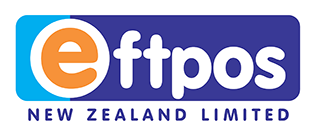
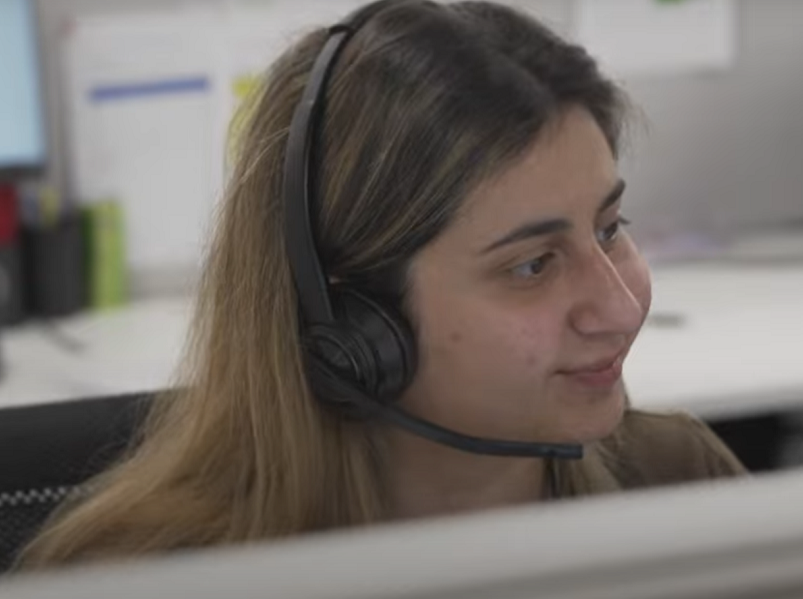

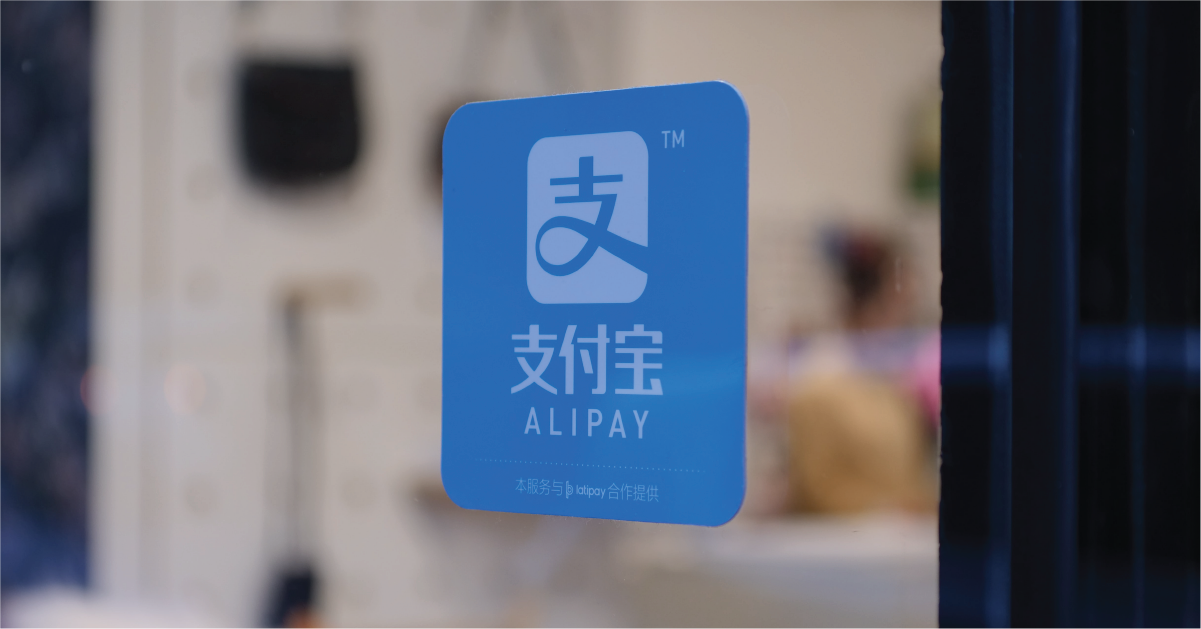
.jpg)
Comments